Drawing and depression is an insidious condition that affects millions worldwide, transcending age, background, and socioeconomic status. Often, depression is not easily noticed and not easily articulated. For many, expressing feelings of despair, isolation, or hopelessness can seem like an impossible task. Here, drawing and other art forms emerge as powerful communication methods and Emotional Release. Drawing has proven to be a therapeutic outlet that transcends language barriers, allowing individuals to externalize internal struggles. This article explores the profound link between drawing and depression, shedding light on how this creative process can serve as a therapeutic tool for individuals seeking solace, self-expression, and a sense of hope.
Table of Contents
The Psychological Benefits of Drawing: An Emotional Release
Drawing and depression offer a unique way to express feelings without relying on words. For someone struggling with depression, expressing emotions verbally may feel daunting, if not outright impossible. Drawing provides a safe, non-verbal means of exploring and conveying difficult emotions. Research has shown that art can act as a bridge between the conscious and unconscious mind, allowing suppressed feelings to surface in a manageable way. Through the movement of lines, shapes, and colors, individuals can let go of painful feelings, even if just temporarily.
Drawing and depression: Drawing as a Tool for Mindfulness
Mindfulness involves focusing on the present moment observing thoughts and feelings without judgment. The repetitive, focused motions in drawing, such as shading, hatching, or coloring, mimic the effects of mindfulness meditation. For people experiencing depression, the act of drawing can quiet mental chatter and shift focus from rumination to the task at hand. This state of mindfulness helps alleviate the constant mental burden of depressive thoughts. It gives individuals a chance to experience calm and presence, grounding them in the “now” rather than the overwhelming weight of the past or future.
Enhancing Self-Understanding through Self-Portraits and Symbolic Drawing
Art therapy often includes exercises like self-portraits or creating symbolic drawings. For those suffering from depression, self-portraits can be a way to confront and make peace with themselves, offering a visual representation of self-reflection and acceptance. Symbolic drawing, on the other hand, allows for the depiction of abstract concepts, such as sadness or isolation, in a concrete, visible form. Many therapists encourage clients to draw their feelings, which can lead to revelations about one’s inner world. By putting these emotions on paper, individuals can view them more objectively, gaining insight into patterns and triggers of depressive thoughts.
Neurochemical Impacts of Drawing: Boosting Dopamine and Serotonin
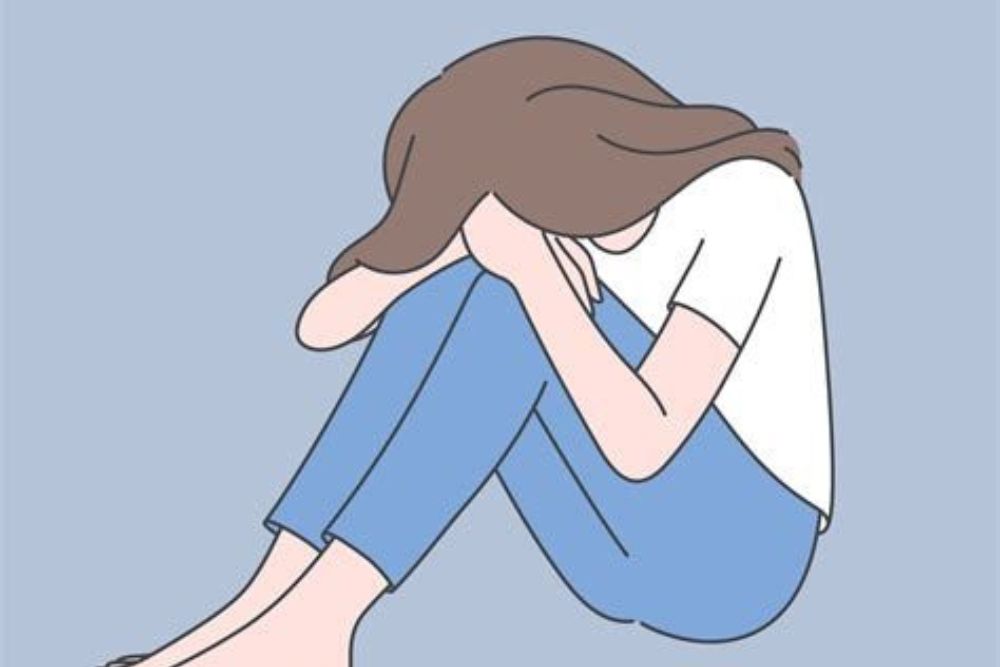
The physical act of creating art activates the brain’s reward centers. Studies indicate that engaging in creative activities can lead to the Release of dopamine, a neurotransmitter that regulates mood and motivation. Depressed individuals often experience reduced dopamine levels, contributing to a sense of lethargy and low motivation. Drawing and depression provide a natural dopamine boost, reinforcing positive associations with creative expression. Additionally, engaging in activities like drawing and coloring can promote the Release of serotonin, which has a calming effect and can help mitigate the anxiety that often accompanies depression.
Building Self-Esteem and Redefining Self-Worth through Artistic Achievement
Drawing and depression often foster feelings of worthlessness, a lack of accomplishment, and self-doubt. Engaging in drawing can provide a sense of achievement, mainly as one sees progress over time. The physical product of one’s effort—a finished drawing or sketch—serves as tangible proof of creative capability and personal resilience. Regular drawing practice can cultivate self-esteem by showing individuals that they can create, learn, and grow. This is particularly powerful for those who feel trapped in a cycle of negativity, as each new drawing can become a testament to perseverance and self-discovery.
Overcoming Social Isolation with Art Communities
Depression is notorious for creating social isolation, as individuals may withdraw from friends and family. Art, however, has a unique ability to connect people. Many artists, both professional and amateur, struggle with similar feelings, and online and in-person art communities often foster supportive, empathetic spaces. Sharing artwork can help individuals find camaraderie and encouragement. Additionally, being part of an art community creates accountability, which can encourage consistency and help individuals set personal goals. For those who may feel unheard or misunderstood, sharing artwork can lead to meaningful conversations and connections, lessening the sense of isolation.
Art Therapy and Drawing Exercises for Depression
Art therapy is a clinical practice that uses art-making as a tool for mental health treatment, and it has been shown to help people struggling with depression and other mood disorders. Certified art therapists guide clients through drawing exercises that encourage emotional exploration and healing. Some commonly used exercises include:
- Mood Mandalas: Creating a mandala with colors and shapes that represent current emotions can help individuals externalize feelings in a structured way.
- Gratitude Doodles: Drawing simple images that represent things one is grateful for can shift focus from negative thoughts to positive ones.
- Emotional Release Drawing: Freeform drawing, where individuals sketch lines, shapes, or images without restriction, allows pent-up emotions to flow onto the paper.
These exercises serve as practical tools that people can use independently or under the guidance of a therapist.
Drawing and Depression: The Power of Color

Color profoundly impacts mood and can significantly affect one’s mental state. Colors like blues and greens are often associated with calmness, while warm colors like red or yellow can invoke energy and optimism. In drawing, individuals have the freedom to explore these color associations, using different hues to express and alter emotional states. People with depression may experiment with brighter colors to challenge the mental fog that often accompanies the disorder. Over time, intentionally using color can lead to improved mood and a deeper understanding of how different colors resonate with personal emotions.
A Journey of Self-Discovery and Healing
Drawing and depression is not a quick fix, nor is it a substitute for professional treatment. However, for many, it can be a valuable supplement that offers an introspective journey toward self-discovery and healing. Drawing and depression often cloud the sense of self and disrupt personal identity. By using drawing as a means of exploration, individuals can reconnect with themselves, rediscovering elements of their personality and values that may have been suppressed by depression. This journey is not always straightforward, but each drawing session offers an opportunity for growth and resilience, helping individuals redefine their sense of purpose.
The Role of Routine: Building a Drawing Habit
Building a drawing routine can be instrumental in managing depression, as it provides structure and a sense of accomplishment. Setting aside time daily or weekly to draw can create a grounding effect, anchoring one in a positive, consistent activity. Even a brief sketch or a miniature doodle can contribute to the sense of routine and stability that is often lacking in times of depression. For some, maintaining this routine can serve as a motivating factor, providing a sense of normalcy and achievement that counteracts depressive symptoms.
Embracing Imperfection: Learning to Let Go through Art
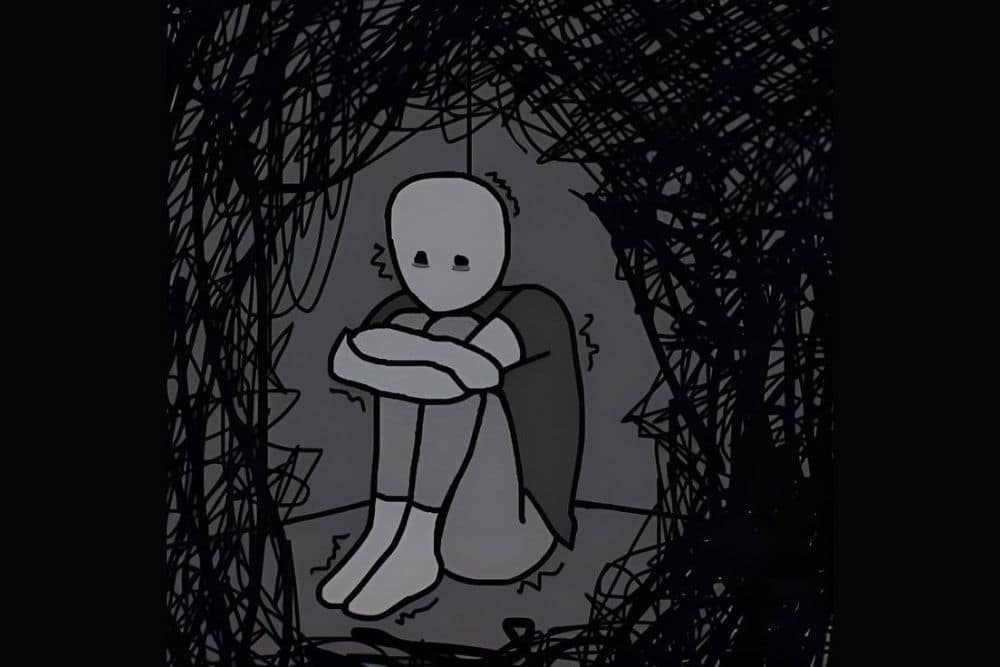
Depression often magnifies self-critical tendencies, making individuals hyper-aware of perceived imperfections. Art encourages people to embrace mistakes, viewing them as part of the creative process rather than failures. In drawing, especially in expressive or abstract styles, there is no “right” or “wrong.” This lack of pressure can be liberating for individuals with depression, who may struggle with feelings of inadequacy. Allowing oneself to make mistakes and continue creating can foster self-compassion, which is crucial for mental health.
Conclusion
In the battle against depression, drawing offers a unique and powerful tool for expression, reflection, and healing. The act of putting pen to paper provides a therapeutic outlet that reaches beyond words, enabling individuals to confront and process their emotions safely. Drawing serves as a pathway to mindfulness, self-understanding, and connection, each stroke bringing an opportunity for growth and self-acceptance. Although it cannot replace professional intervention, Drawing and depression can offer a meaningful supplement to traditional mental health treatments.
It allows individuals to reclaim their sense of self, nurture resilience, and find solace in creativity. For those grappling with depression, Drawing, and depression are more than just an art form; it is a lifeline—a gentle reminder that, even in darkness, creativity can light the way forward.


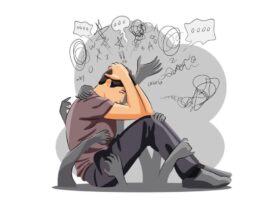


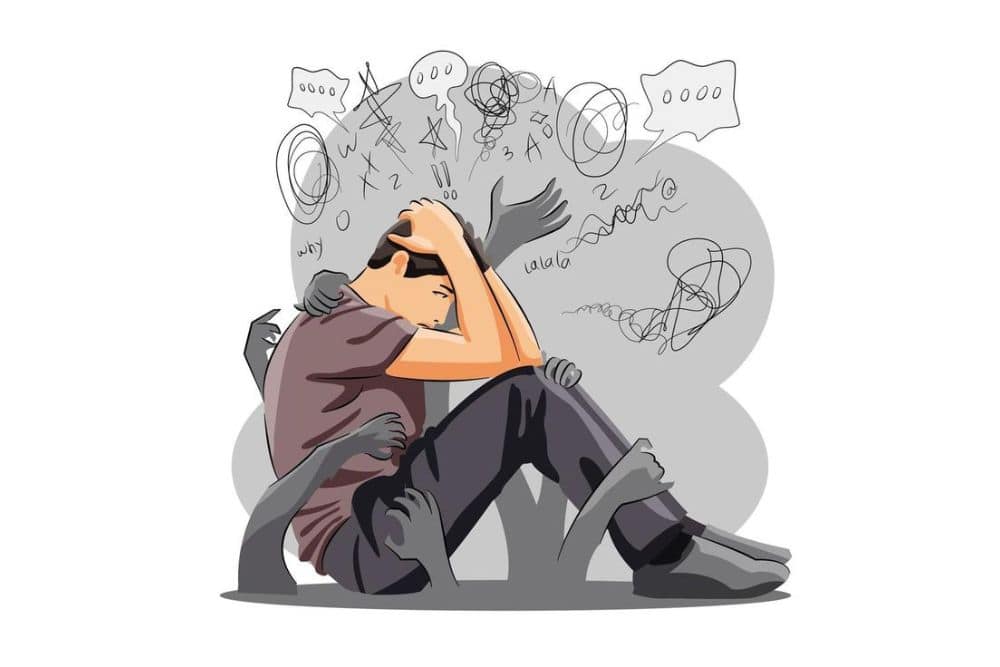




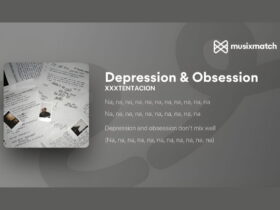
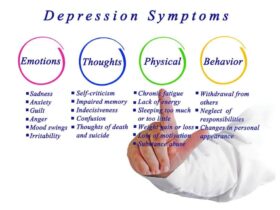


Leave a Reply